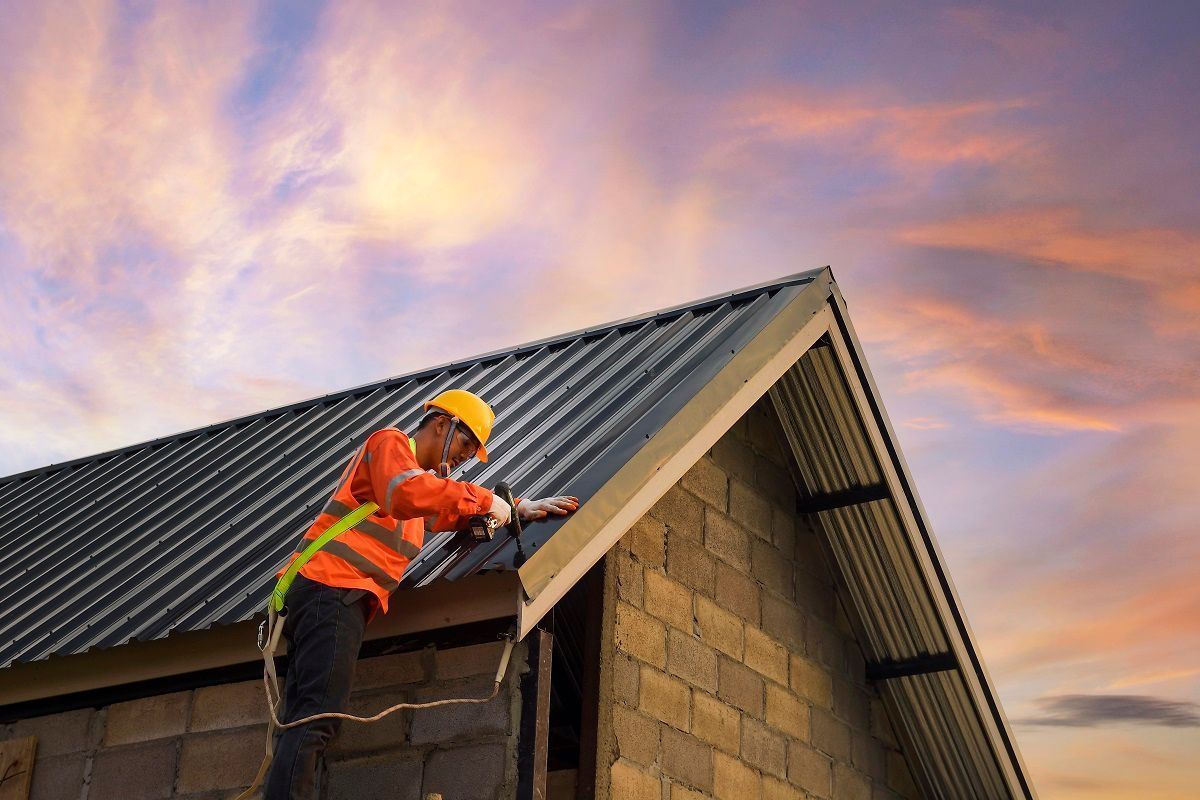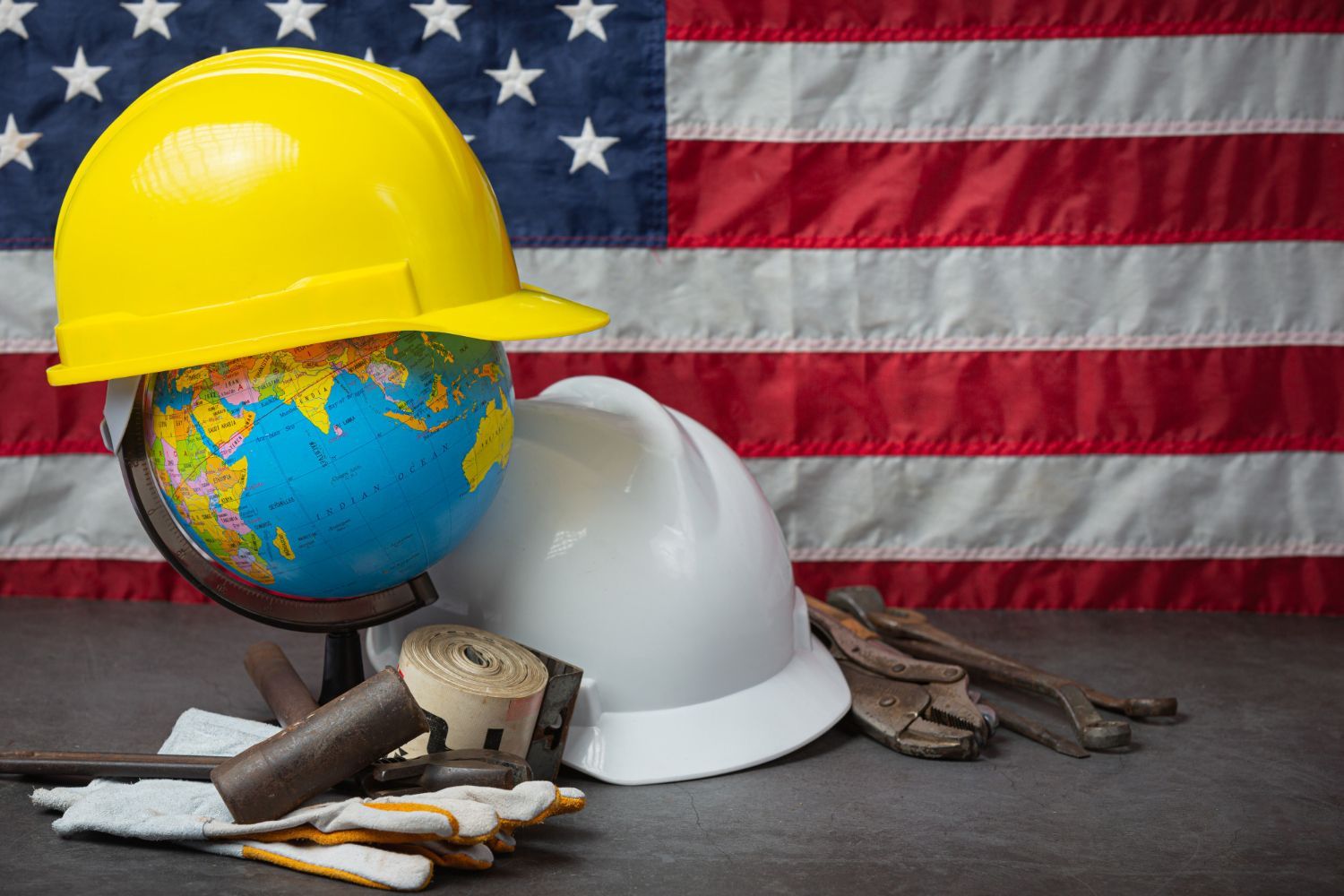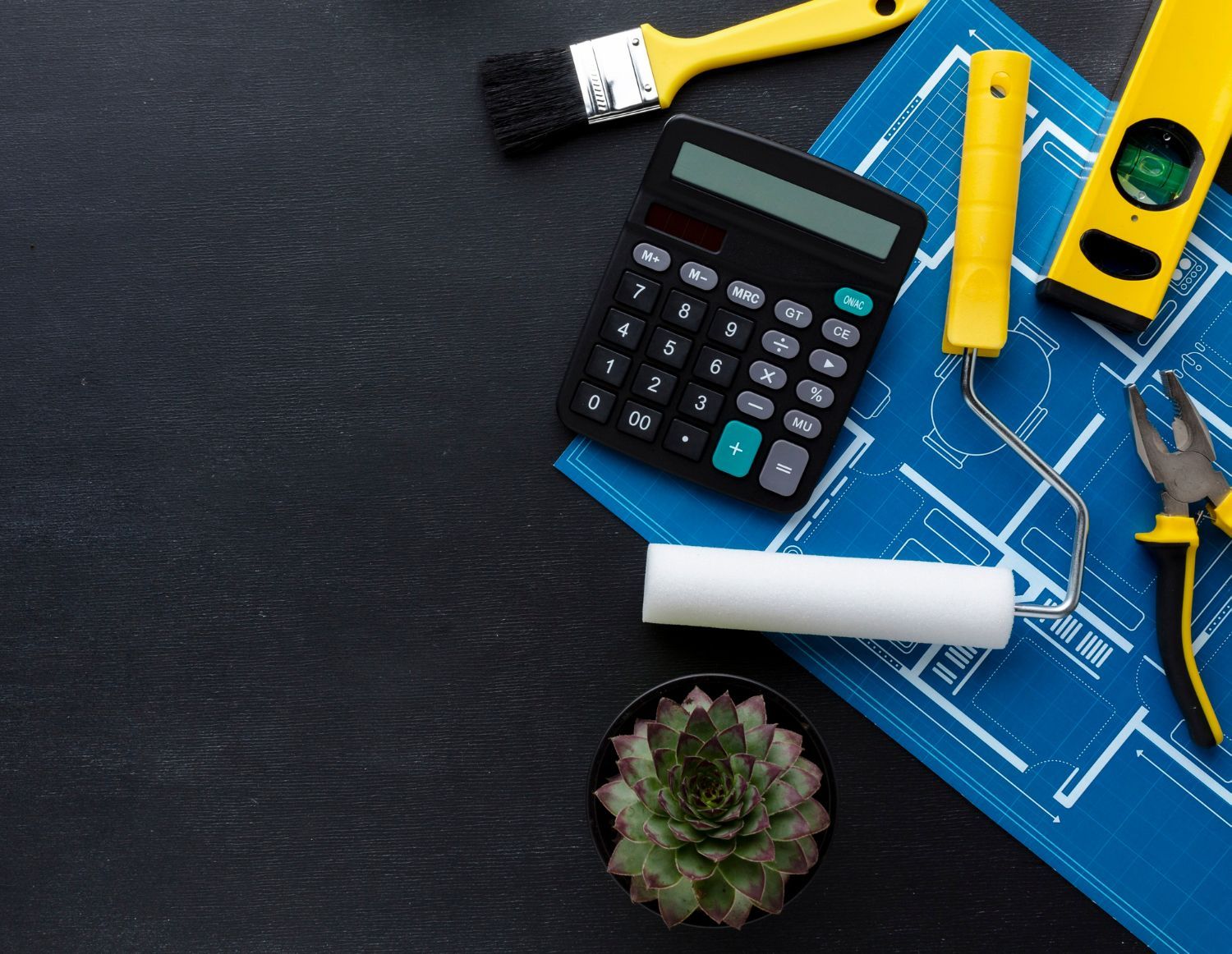Roof Leaks: Find and Fix Drips in Your Home in Seattle
Dealing with roof leaks can be a stressful and costly experience, especially if left unchecked. A leaky roof can lead to significant water damage, compromising the structural integrity of your home and affecting the overall living conditions. If you're a homeowner in Seattle, where heavy rainfall is common, it's important to identify and fix leaks promptly. Whether you’re dealing with a small drip or a more serious issue, understanding how to find and fix roof leaks can save you time, money, and hassle.
In this guide, we will walk you through how to identify roof leaks, common causes, and how to fix them, with a special focus on when to call in professional
commercial roofing services
or
commercial roof contractors for assistance. With the right approach, you can effectively protect your home and prevent further damage.

Understanding Roof Leaks: The Causes and Effects
A roof leak can happen for various reasons, and understanding the underlying cause is the first step in fixing it. Let’s explore some of the most common causes of roof leaks in homes in Seattle:
1. Aging Roofs
One of the most common causes of roof leaks is an aging roof. Over time, shingles, flashing, and roofing materials deteriorate, making the roof less effective at keeping water out. If your roof is nearing the end of its lifespan (typically 20–30 years for asphalt shingles), it may be more prone to leaks.
2. Damaged Flashing
Flashings are the metal pieces that seal the joints, valleys, and intersections of the roof. When flashing becomes damaged or loose, it can allow water to seep into the roof and eventually cause a leak. Flashing around chimneys, vents, and skylights is particularly vulnerable.
3. Clogged Gutters
In Seattle, where heavy rainfall is frequent, clogged gutters can exacerbate roof leaks. If gutters are blocked by debris such as leaves or moss, water can accumulate on the roof, increasing the likelihood of leaks. This water buildup can also create a breeding ground for mold and algae, which can further damage the roof over time.
4. Improper Installation
If the roof was not installed correctly, this can lead to gaps or weakened areas where water can infiltrate. Poorly installed flashing, improperly aligned shingles, or other issues during the installation process can make your roof more vulnerable to leaks.
5. Storm Damage
Seattle's unpredictable weather, including heavy storms and strong winds, can cause immediate damage to your roof. High winds can lift shingles or flashing, allowing water to enter. Additionally, falling debris, such as branches, can create holes in the roof, leading to leaks.
How to Find Roof Leaks
Finding the source of a roof leak can be a difficult task. Water can travel along beams, insulation, and ceilings before dripping onto the floor, making it seem as though the leak is coming from a different spot. Here are some tips to help you locate a roof leak:
1. Examine the Attic
Start by inspecting your attic for signs of a leak. Look for any water stains on the rafters or insulation. If the leak is active, you may even see water dripping from the rafters. This is often the easiest place to spot a leak because you can view the underside of the roof directly.
2. Inspect the Roof from the Outside
Climb up to the roof, or use a ladder to get a close look, and inspect the shingles, flashing, and other materials. Check for any missing, cracked, or damaged shingles. Pay special attention to areas around chimneys, skylights, and vents, as these are common spots for leaks to form.
3. Look for Water Stains on Ceilings and Walls
If you notice water stains or mold on your ceiling or walls, this could be a sign of a roof leak. Follow the stains back to their origin to determine where the water may be entering. Be aware that the leak may not be directly above the stain, as water can travel along beams or rafters.
4. Use a Hose to Test for Leaks
If you can’t find the source of the leak visually, use a hose to simulate rainfall. Start by spraying the roof with water, focusing on different sections, and ask someone inside to look for leaks. Once you identify the wet spot, you’ll know exactly where the problem lies.
Fixing Roof Leaks: Temporary and Permanent Solutions
Once you’ve located the source of the leak, you can begin fixing it. However, it’s important to note that some repairs, particularly larger or more complicated ones, may require professional assistance. Here’s what you can do for both temporary and permanent fixes:
1. Temporary Fixes
If the leak is severe and you’re unable to fix it immediately, you can implement a temporary fix to prevent further water damage:
- Tarp Method: If the leak is coming from a visible area on the roof, cover the affected area with a large tarp. Secure the tarp with roofing nails or weights to keep it in place. This will prevent water from entering while you wait for a professional to repair the roof.
- Roofing Sealant: For small cracks or holes, roofing sealant or tar can be applied temporarily to block the leak. Apply the sealant generously over the damaged area, smoothing it out to ensure it forms a tight seal.
2. Permanent Fixes
For permanent fixes, you may need to replace damaged shingles or flashing, or even re-roof sections of the roof entirely. Here’s a breakdown of common repairs:
- Shingle Replacement: If shingles are missing or damaged, you can replace them with new ones. Make sure to remove any nails from the damaged shingles and fit the new shingles into place, securing them with roofing nails.
- Flashing Repairs: If the flashing around chimneys or vents is damaged, it should be replaced. Remove the old flashing, clean the area, and install the new flashing, securing it with roofing cement.
- Gutter Cleaning: Clear out gutters regularly to prevent water buildup. This will reduce the risk of water seeping into the roof. Consider installing gutter guards to prevent future blockages.
When to Call Commercial Roofing Services
While minor roof repairs can be done by homeowners, larger repairs or replacements should be handled by professionals. If you’re dealing with a significant leak or damage, it’s time to call commercial roof contractors. These experts have the necessary tools, experience, and safety knowledge to handle roofing projects safely and efficiently.
Here are a few reasons to call commercial roofing services:
1. Extensive Damage
If the leak is widespread or if you have extensive water damage, it’s best to hire professionals who can properly assess the situation and make the necessary repairs.
2. Roof Replacement
If your roof is nearing the end of its lifespan, or if it has sustained significant damage from a storm, a roof replacement may be necessary. Commercial roof contractors can guide you through the process of choosing the right roofing materials and ensure that the new roof is installed correctly.
3. Safety Concerns
Roof repairs can be dangerous, especially if you’re working on a steep or high roof. Commercial roofing professionals have the necessary safety equipment and training to work on roofs safely, reducing the risk of accidents.
Conclusion
Roof leaks are a common problem for homeowners, particularly in regions like Seattle that experience frequent rainfall. Identifying and fixing a roof leak promptly is essential for protecting your home from water damage and ensuring the longevity of your roof. While temporary fixes can be done by homeowners, significant repairs or roof replacements should be handled by professional commercial roof contractors to ensure the job is done safely and correctly.
If you’re unsure whether you can handle a roof repair on your own, or if the damage is too extensive, don’t hesitate to contact a professional. With the right expertise, you can keep your home dry, safe, and secure for years to come.
We Offer All the Services You Need in One Place! We Will Save You Time and Money!
Call Us at (425) 521-7916 Now to Get a Free Estimate or a Free Consultation for Any of Our Services!



